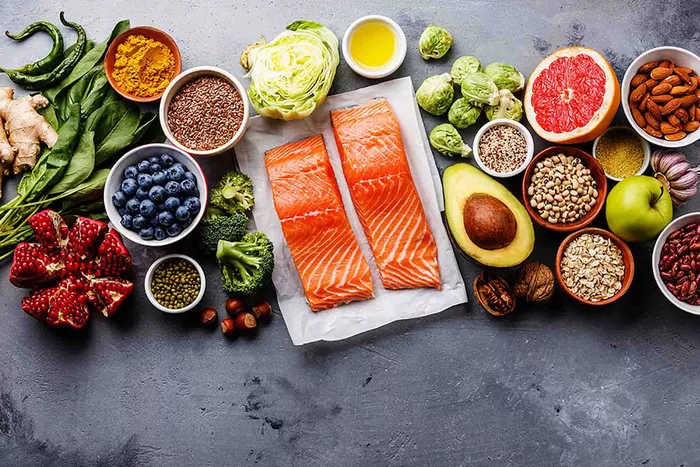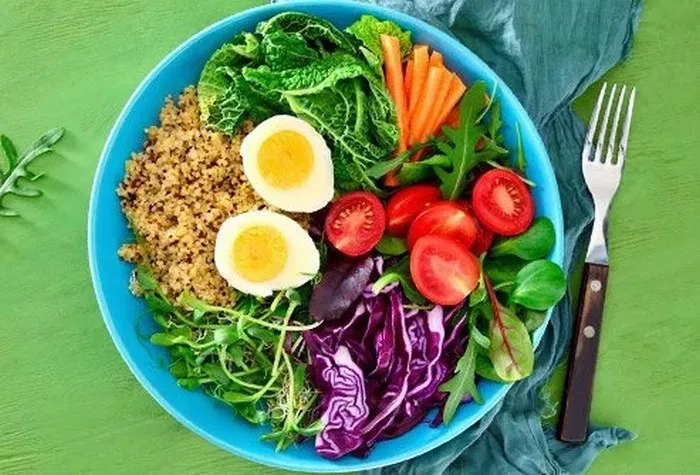Asian noodles, a cornerstone of the continent’s cuisine, are as diverse as the cultures that create them. From the thin and delicate vermicelli of Vietnam to the thick and chewy udon of Japan, these noodles have captured the hearts and palates of food lovers worldwide. Their versatility allows them to be served in a myriad of ways, from simple broths to complex stir-fries and salads. In this comprehensive guide, we will explore the various types of Asian noodles, the essential techniques for cooking them to perfection, and the art of pairing them with complementary flavors and ingredients.
Wheat-Based Noodles
Udon Noodles: Originating from Japan, udon noodles are thick, white, and chewy. They are made from wheat flour, water, and salt. The dough is typically kneaded and then rolled into thick strands. Udon noodles have a mild flavor that makes them a great canvas for a variety of sauces and broths. They are often served in hot soups, such as kake udon (a simple broth with soy sauce and scallions) or kitsune udon (with fried tofu). In addition to soups, udon can also be stir-fried or served cold in a salad with a tangy dressing.
To cook udon noodles, bring a large pot of water to a rolling boil. Add the noodles and cook for about 8 to 12 minutes, depending on the thickness of the noodles. Stir occasionally to prevent them from sticking. Once cooked, drain the noodles and rinse them with cold water to stop the cooking process and remove excess starch. This helps to give the noodles a firmer texture and prevents them from becoming mushy.
Somen Noodles
Somen noodles are extremely thin and delicate wheat noodles that are popular in Japan, especially during the hot summer months. They are made from a simple dough of wheat flour, water, and sometimes a small amount of salt or oil. Somen noodles are often served cold in a dish called zaru somen, where the cooked noodles are placed on a bamboo sieve and accompanied by a dipping sauce made from soy sauce, mirin, and dashi. They can also be added to chilled soups or used in light salads.
Cooking somen noodles requires a careful touch. Bring a pot of water to a gentle boil and add the noodles. Cook for only about 2 to 3 minutes, as they cook very quickly due to their thinness. Immediately drain the noodles and rinse them under cold running water until they are cooled. This helps to maintain their delicate texture and prevent them from overcooking.
Ramen Noodles
Ramen noodles are perhaps the most well-known Japanese wheat noodles outside of Japan. These thin, curly noodles are made from wheat flour, water, kansui (a type of alkaline water), and sometimes other additives. The kansui gives the noodles their characteristic yellow color and a unique springy texture. Ramen is typically served in a rich and flavorful broth, which can be made from pork, chicken, or a combination of ingredients. The noodles are topped with various items such as sliced pork, bamboo shoots, seaweed, and a soft-boiled egg.
To cook ramen noodles, bring a large pot of water to a vigorous boil. Add the noodles and cook for about 3 to 5 minutes, depending on the brand and thickness. Stir constantly to ensure even cooking. Once cooked, drain the noodles and add them to the prepared ramen bowl with the hot broth and toppings. The noodles should be al dente, with a slight firmness to the bite.
Rice-Based Noodles
Rice Vermicelli: Rice vermicelli is a thin, translucent noodle made from rice flour and water. It is widely used in Southeast Asian cuisines, such as Vietnamese and Thai. In Vietnam, it is a key ingredient in dishes like pho (a beef or chicken noodle soup) and bun cha (a grilled pork and noodle dish). In Thai cuisine, it is used in pad thai and various salads. Rice vermicelli is very delicate and cooks quickly.
To cook rice vermicelli, soak the noodles in warm water for about 10 to 15 minutes until they become soft and pliable. Then, drain the water and rinse the noodles briefly. They can be used immediately in stir-fries or added to soups. If you prefer a firmer texture, you can soak the noodles for a shorter period. Avoid boiling the noodles as they can easily become mushy.
Garnishing and Presentation
Simple and Elegant Garnishes: A well-presented noodle dish can enhance the dining experience. Simple garnishes can make a big difference. A few sprigs of fresh cilantro or parsley can add a pop of color and a fresh flavor. Sliced scallions or chives can be sprinkled over the top for a touch of green and a mild oniony flavor. A drizzle of sesame oil or a sprinkle of toasted sesame seeds can add a nutty aroma and a bit of crunch. You can also place a few slices of fresh lime or lemon on the side. The acidity of the citrus can help cut through the richness of the dish and add a refreshing element. Another option is to add some sliced radishes or pickled vegetables. The crunch and tanginess of the pickled vegetables can balance the dish.
For a more elaborate presentation, you can serve the noodles in a decorative bowl or plate. Arrange the protein and vegetables on top of the noodles in an aesthetically pleasing manner. You could also use a sauce or dressing to create a pattern or design on the plate.
Pairing with Side Dishes
Vegetable Sides: When it comes to side dishes, there are many options that pair well with Asian noodles. Steamed or roasted vegetables are a great choice. Green beans, asparagus, or Brussels sprouts can be tossed with a bit of olive oil, salt, and pepper and roasted until they are tender and slightly caramelized. The earthy and slightly bitter flavors of these vegetables can complement the rich and savory flavors of the noodles. Another option is a simple salad. A mixed green salad with a light vinaigrette can provide a refreshing contrast. The acidity of the vinaigrette helps to cut through the heaviness of the noodles. You could also add some sliced cucumbers, tomatoes, or radishes to the salad for extra crunch and flavor.
Asian-inspired side dishes also work well. Stir-fried bok choy or Chinese broccoli with garlic and ginger is a delicious accompaniment. The slightly bitter and crunchy greens pair nicely with the noodles. A side of steamed jasmine rice is a classic choice. The mild flavor and fluffy texture of the rice can soak up the delicious sauces and juices from the noodle dish.
Protein Sides
In addition to having protein in the noodle dish itself, you can also serve additional protein sides. Grilled chicken skewers marinated in a spicy sauce can add a burst of flavor. Fried tofu or tempeh is a great option for vegetarians. They can be seasoned with soy sauce, garlic, and other spices and served alongside the noodles. Seafood like shrimp or scallops can be quickly sautéed and served as a side. The delicate flavor of the seafood can enhance the overall meal. For a heartier option, a side of braised pork belly or beef short ribs can be served. The rich and tender meat can provide a contrast to the lighter texture of the noodles.
Conclusion
Cooking Asian noodles is an art that combines the right ingredients, techniques, and a touch of creativity. Whether you choose to make a simple bowl of ramen or an elaborate stir-fry with a variety of noodles, mastering the process of cooking them to perfection, flavoring them deliciously, and presenting them attractively can open up a world of delicious possibilities. With a little practice and experimentation, you can create your own unique and mouthwatering noodle dishes that will delight your family and friends. So, roll up your sleeves, gather your ingredients, and start exploring the wonderful world of Asian noodle cooking.
Related Topics:























